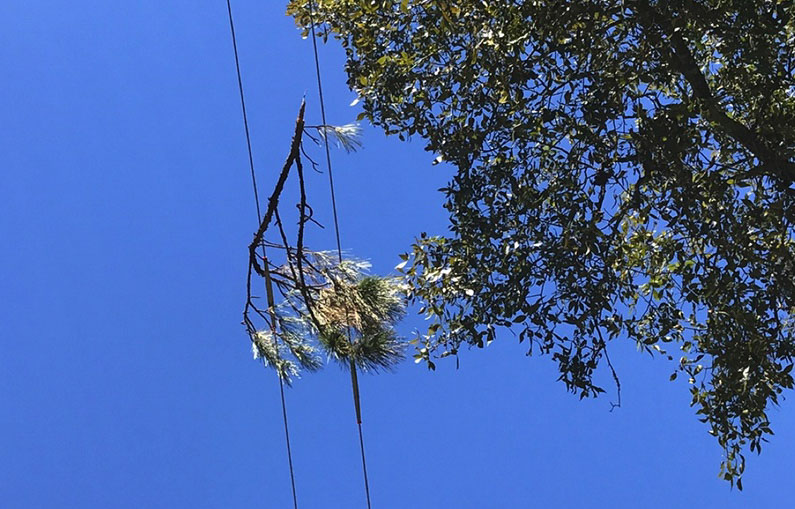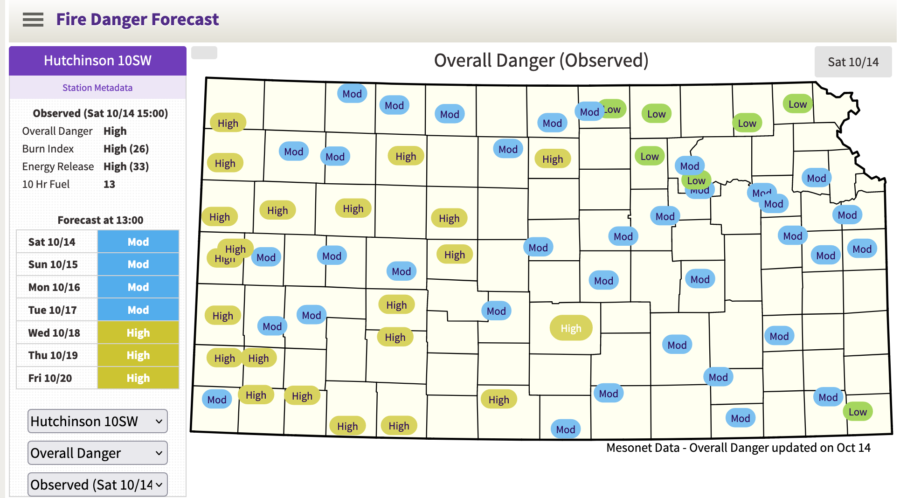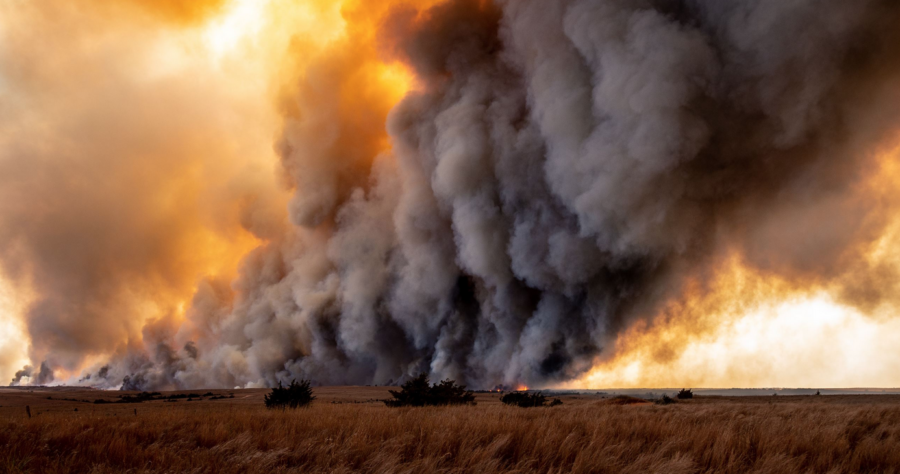Pacific Gas & Electric — one of the nation’s largest utilities whose equipment has ignited some of California’s deadliest wildfires — wants to bury powerlines in some of its most at-risk areas to prevent fires like the 2018 Camp Fire, started by PG&E lines, that killed 85 people and burned the town of Paradise to the ground. Estimated total cost of the Camp Fire was about $422 billion.

But state regulators are balking at the utility’s plan, the Associated Press reported, because it would take too long and cost an estimated $5.9 billion. The company’s customers, who already pay some of the highest rates in the country, would have to foot the bill.
UPDATE 10/18/2023: According to a KEZI-TV report, Pacific Power recently announced it will receive $150 million in federal grant funding to improve its infrastructure for grid resilience and wildfire mitigation. The funding is from the U.S. Department of Energy, with just under $100 million earmarked for PacifiCorp’s grid resiliency project to reduce the effects of extreme weather on the grid serving disadvantaged communities at highest wildfire risk. An additional $50 million is earmarked for PacifiCorp’s Resiliency Enhancement for Fire Mitigation and Operational Risk Management project.
Regulators want PG&E to put protective covers over many of its overhead powerlines instead of burying them. The cover approach is cheaper, but riskier. PG&E says that burying a powerline reduces the chance it will start a fire by 99 percent because it can’t be blown down by windstorms. The protective cover would reduce that chance by just 62 percent.

MyMotherLode.com reported that the company is hoping to bury 2,100 miles of powerlines by 2026. But the California Public Utilities Commission (PUC), whose members are appointed by the governor, has not signed off on the plan, out of concerns about the estimated cost.
The Manteca Bulletin reported that customers would be expected to pay PG&E at least $40 more per month; the burying plan was put forth after the utility’s lowest rates were increased 170 percent or more since 2006.
PG&E originally wanted a 26 percent increase, and is now asking for an 18 percent increase. The PUC said they’d consider a maximum of 13 percent.
PG&E filed for bankruptcy protection in 2019 after it faced more than $30 billion in damages for wildfires started by its equipment. The company prefers the burying plan, which it filed with state regulators last year.The PUC will likely decide the issue in November.











